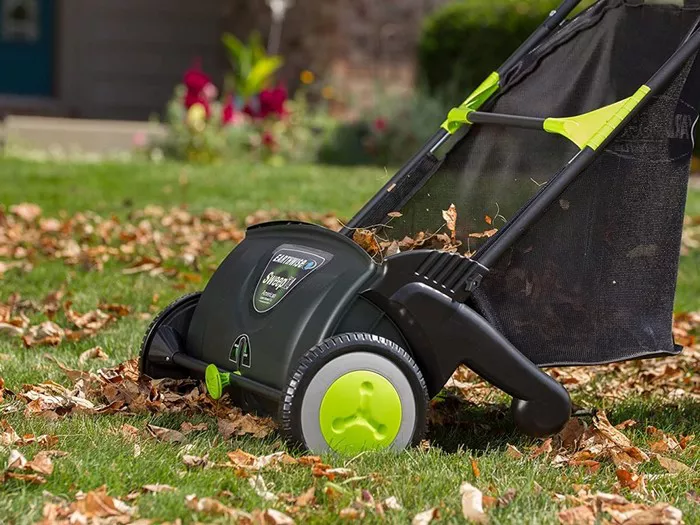Maintaining a pristine lawn requires diligent care and proper equipment. Grass clippings, while natural byproducts of mowing, can detract from the neat appearance of your lawn if left scattered. Lawn sweepers offer a solution to this problem, but do they effectively handle grass clippings? In this comprehensive guide, we’ll explore the functionality of lawn sweepers, their effectiveness on grass clippings, and factors to consider when using them.
Understanding Lawn Sweepers
Lawn sweepers are mechanical devices designed to gather debris, including grass clippings, leaves, and other yard waste, from the surface of your lawn. They typically consist of a rotating brush mechanism attached to a wheeled chassis. As the sweeper is pushed or towed across the lawn, the brushes rotate, collecting debris and depositing it into a hopper or bag for later disposal.
How Lawn Sweepers Work
Lawn sweepers utilize a combination of sweeping brushes and airflow to lift and collect debris from the lawn surface. The rotating brushes agitate the grass, dislodging clippings and other debris, while the airflow generated by the movement of the sweeper helps lift and guide the material into the collection hopper. Some models may also feature height adjustment settings to accommodate different grass lengths and terrain types.
Effectiveness on Grass Clippings
One of the primary functions of lawn sweepers is to effectively remove grass clippings after mowing. In this regard, their effectiveness can vary depending on several factors, including the type and condition of the sweeper, the density and moisture content of the grass clippings, and the terrain of the lawn.
In general, well-maintained lawn sweepers with properly adjusted brushes can efficiently gather grass clippings, leaving behind a clean and manicured lawn surface. However, certain conditions, such as wet or compacted grass clippings, may pose challenges for some sweepers, potentially reducing their effectiveness.
Factors Affecting Performance
Several factors can influence the performance of lawn sweepers when it comes to handling grass clippings:
1. Sweeper Design: The design and build quality of the sweeper, including the size and shape of the brushes, the width of the sweeper’s path, and the capacity of the collection hopper, can all impact its ability to effectively gather grass clippings.
2. Grass Conditions: The length, density, and moisture content of the grass clippings can affect how easily they are picked up by the sweeper. Dry, freshly cut grass clippings are generally easier to collect compared to wet or matted clippings.
3. Terrain: The terrain of the lawn, including slopes, uneven surfaces, and obstacles such as trees or flower beds, can influence the maneuverability and efficiency of the sweeper. Some models may perform better on flat, open terrain, while others are designed to navigate more challenging landscapes.
4. Maintenance: Regular maintenance, including cleaning and lubricating moving parts, adjusting brush height, and replacing worn components, is essential for ensuring optimal performance and longevity of the sweeper.
Conclusion
In conclusion, lawn sweepers can be effective tools for removing grass clippings and maintaining a tidy lawn appearance. However, their performance may vary depending on factors such as sweeper design, grass conditions, terrain, and maintenance. By selecting a quality sweeper, properly maintaining it, and considering the specific characteristics of your lawn, you can maximize the effectiveness of lawn sweepers in managing grass clippings and achieving a pristine lawn surface.
FAQs
Q1. Can a lawn sweeper handle wet grass clippings effectively?
A1: While some lawn sweepers may struggle with wet grass clippings, others are designed to handle them more effectively. Look for models with powerful airflow and adjustable brush settings to improve performance in damp conditions.
Q2. Will a lawn sweeper pick up leaves along with grass clippings?
A2: Yes, most lawn sweepers are designed to collect various types of debris, including leaves, twigs, and grass clippings. However, it’s essential to adjust the sweeper settings and monitor the collection hopper to prevent overloading and ensure efficient operation.
Q3. How often should I empty the collection hopper of my lawn sweeper?
A3: The frequency of emptying the collection hopper depends on the size of your lawn, the amount of debris present, and the capacity of the sweeper’s hopper. As a general rule, aim to empty the hopper before it becomes overly full to maintain optimal performance and prevent clogging.

